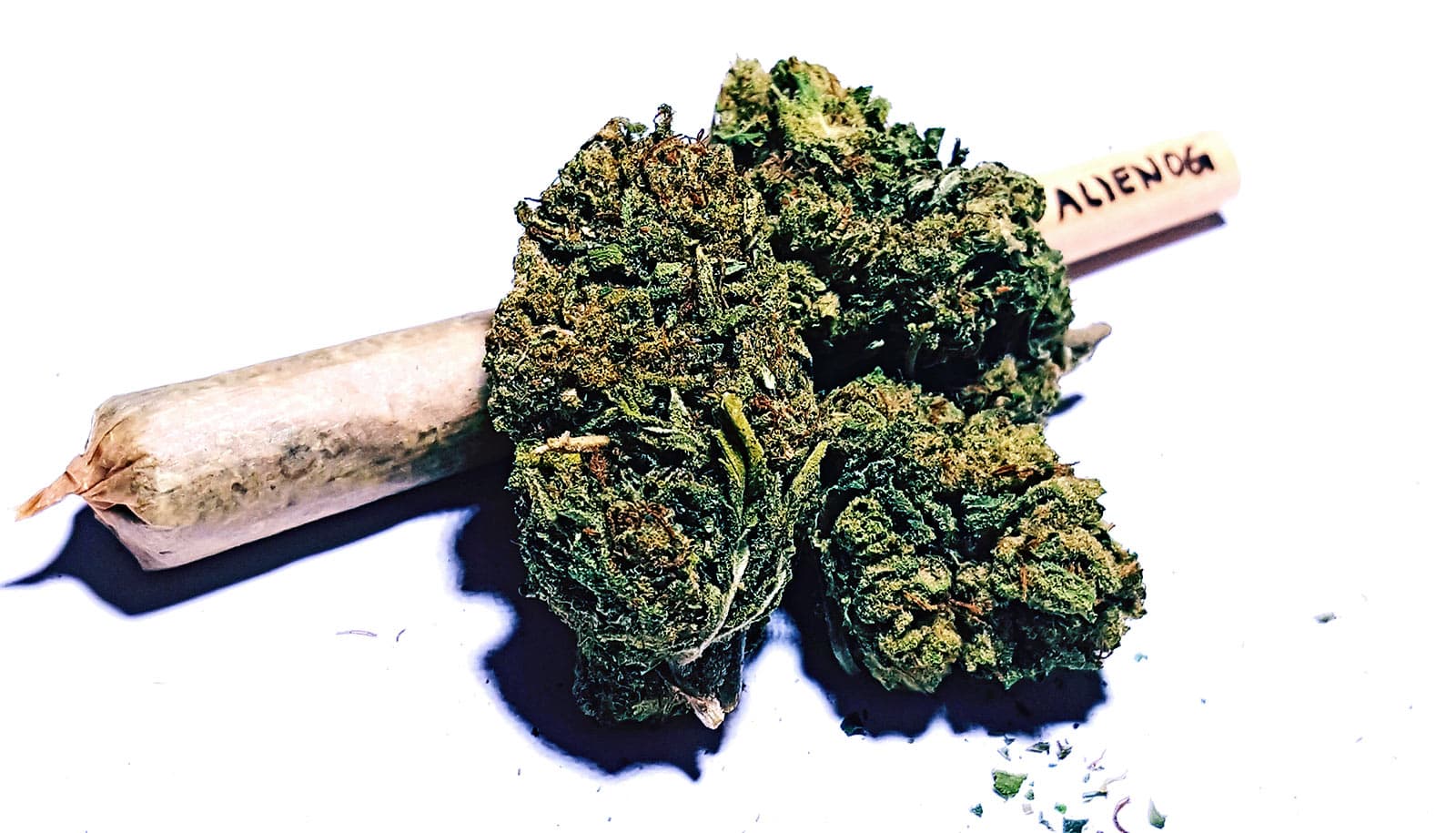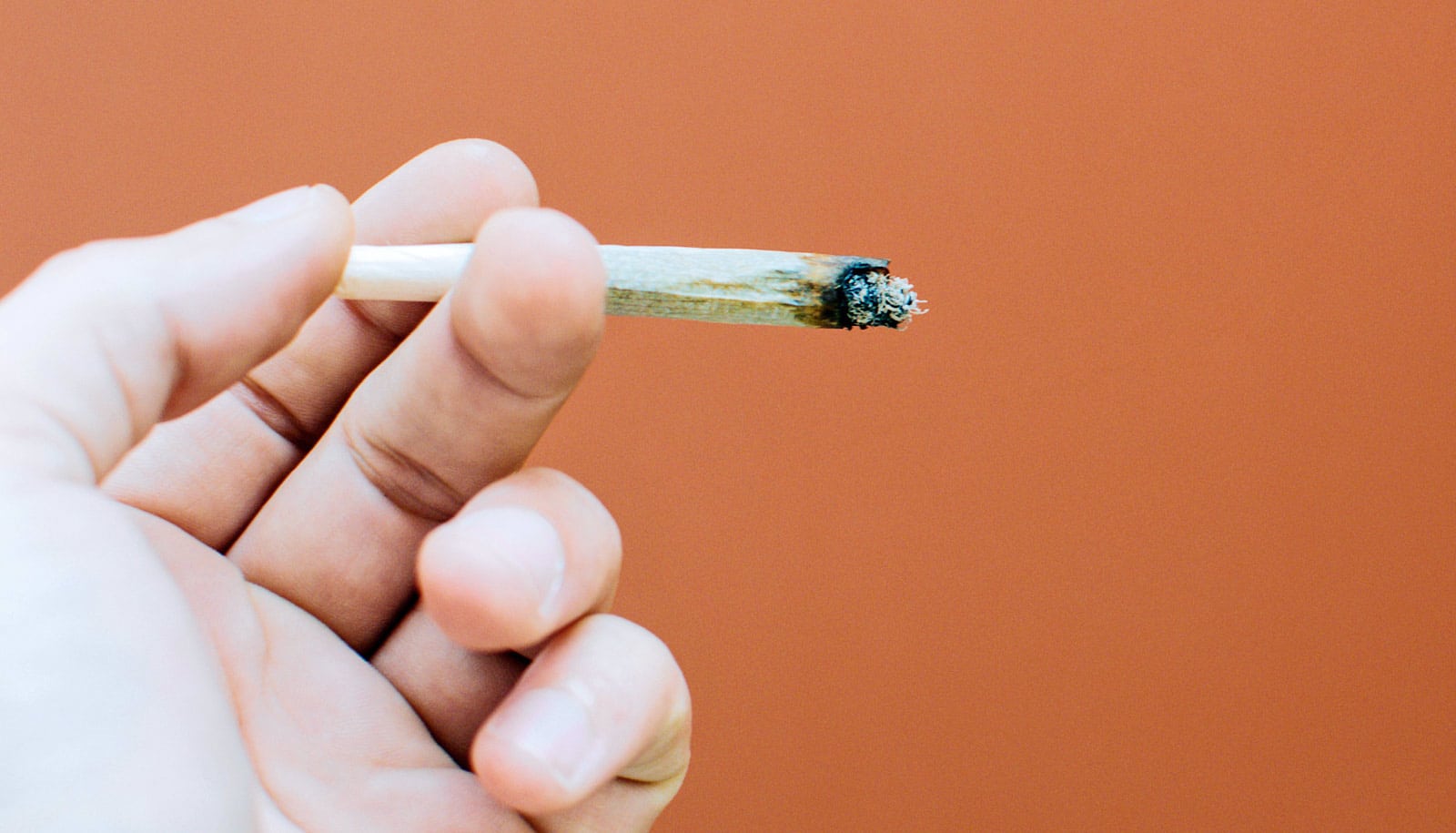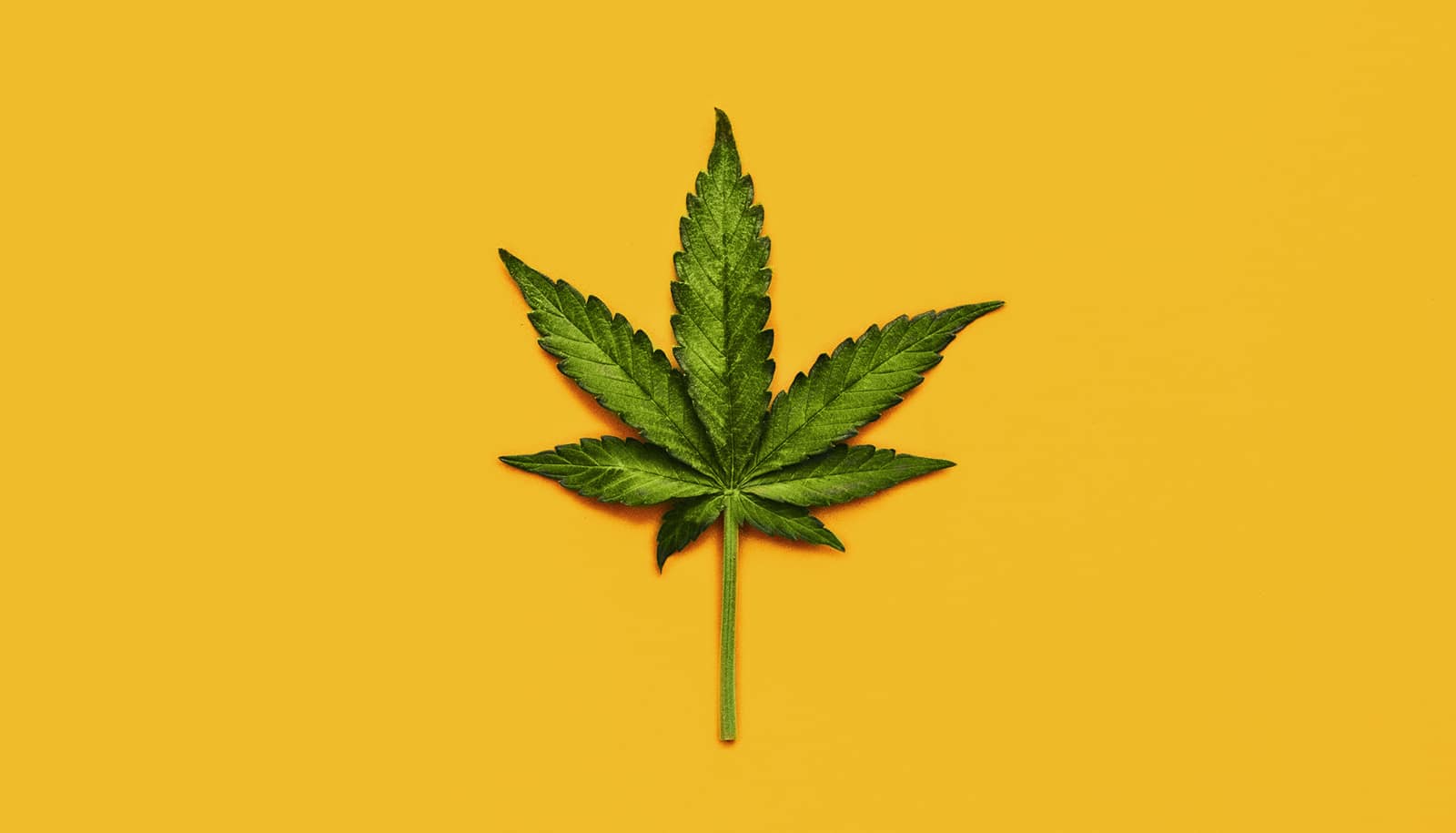Recreational cannabis is legal in 10 states and Washington, DC, but regulations regarding potency do not exist. The results of a new study may prompt states to reconsider.
Brooke Arterberry, assistant professor of psychology at Iowa State University, says this is a concern given that THC—one of the chemicals that determines potency—has increased significantly, from 3.5 percent in 1994 to 12.3 percent in 2012.
Arterberry and colleagues at the University of Michigan and Brown University found individuals whose first use cannabis at a national average 4.9 percent THC had 1.88 times higher risk for first cannabis use disorder symptom, while those whose first cannabis use was an average 12.3 percent THC were at 4.85 times higher risk. The study is specific to the first symptom and not diagnosis of the disorder, which requires two or more symptoms.
A changing landscape
Understanding the relationship between potency and the first symptom may provide opportunity for early intervention and prevention, Arterberry says.
Symptoms of the disorder may include craving or strong desire to use cannabis, recurrent use in situations in which it is physically hazardous, or failing to meet obligations at work, home, or school because of recurrent use.
“THC has linearly increased over two decades,” Arterberry says. “Based on the results, states may want to think about the available potency levels of cannabis products, especially with the changing legal landscape of cannabis.”
It is important to note the data—collected through the Michigan Longitudinal Study—is specific to high-risk individuals with a background for any substance use disorder. Arterberry says the results may be different for the general population.
How potent is too potent?
While there are many similarities between cannabis use and alcohol use disorders, Arterberry says we do not know as much about cannabis as alcohol. For example, alcohol is sold based on volume and there is a specific blood alcohol level for impairment. However, there are no regulations or limits on potency in states where medical or recreational cannabis is legal, Arterberry says, adding that some concentrates have THC levels of up to 80 percent.
With such a range of potency levels available on the market, Arterberry says people may not understand the potential risks associated with high potency products. In addition to the risk of possibly developing symptoms of a cannabis use disorder, there are other potential harms such as increased car crashes due to impairment and emergency room visits.
The problem is researchers do not know what constitutes “safe levels” of THC. Arterberry says until this is established it is difficult to create effective policies. She would like to see future research focus on potency of individual cannabis used, rather than national average potency levels.
“This is the first step toward understanding the influence of potency. While more research is needed, the risk associated with higher potency highlights the need for early intervention and targeted prevention efforts,” she says.
The Michigan Longitudinal Study follows families at elevated risk for substance use disorders. The current study used data from in-depth assessments conducted at three-year intervals from ages 12-14 to ages 24-26. The annual assessments from ages 11-26 included questions about cannabis use. Only those participants who started using cannabis between 1994 and 2012 were included in the current study.
The study will appear in the journal Drug and Alcohol Dependence. The National Institute of Alcohol Abuse and Alcoholism, part of the National Institutes of Health, has funded coauthor Robert Zucker’s work at the University of Michigan Addiction Center since 1987.
Source: Iowa State University



